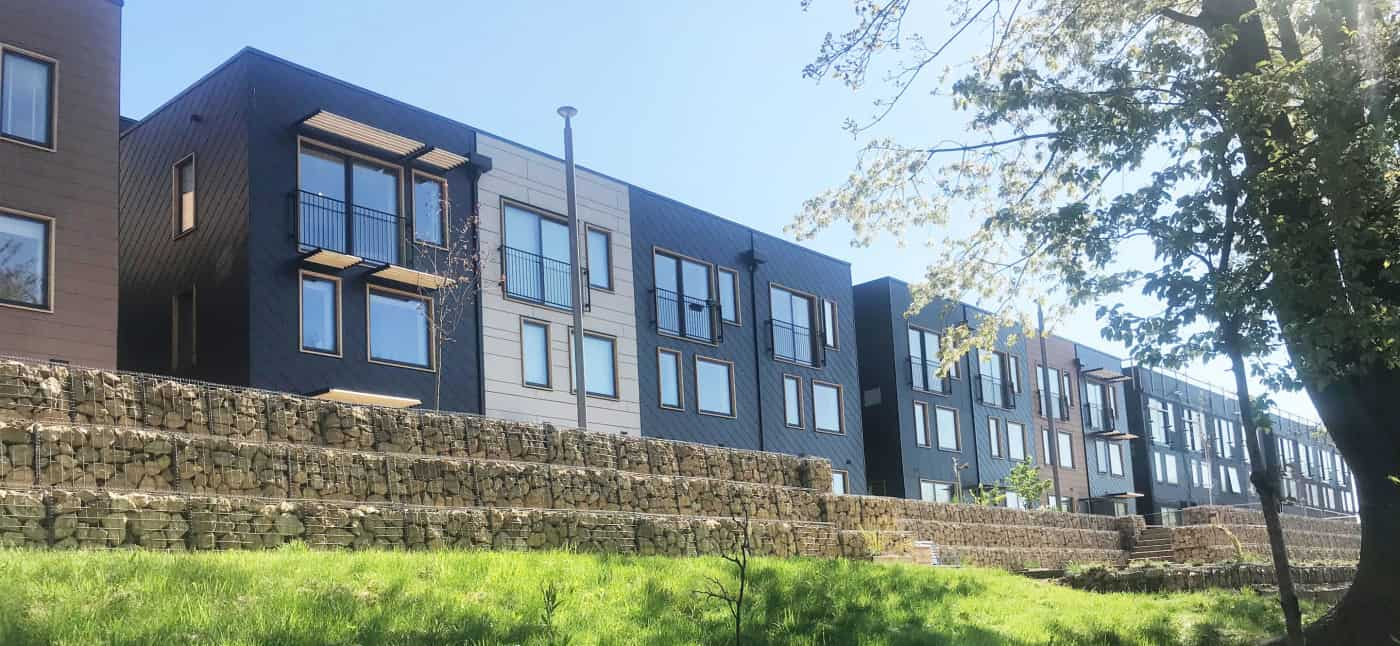October 11th, 2023. Tom Lee
Bridging Finance Remains Resilient & Lucrative
Our Managing Director, Tom Lee, discussed bridging finance and when it can be used to your advantage.

When we talk about bridging finance, we’re looking to bridge the gap between potential opportunity and realising that opportunity. For an age, people have been looking for value in something that others have missed, and seeking the financial uplift once it is realised. In the real estate world, this could involve a quick purchase from a distressed seller at below market value, in exchange for a lightning-quick completion date.
Historically, we have seen that cash is king. The ability to purchase a property in a short time frame, say a couple of weeks, made you a more desirable buyer to one who takes several months to raise capital and complete. Cash buyers and bridging lenders saw the value in providing a quick short-term solution for vendors, and as such, would look to either purchase at an under-value price, or charge handsomely for lending, respectively. This is bridging in its basic form, though with the progression of intelligent investors and savvy developers/buyers, it has undergone a transformation.
Due to the competitiveness of bridging lenders in the market, rates have, comparatively, fallen quite significantly. Bridging is far more commonly used than ever before, therefore more lenders can diversify and innovate to eliminate missed opportunities for developers and buyers.
Alongside quick completions, bridging has developed into a product that allows refurbishment, both heavy and light, and the conversion of assets into residential properties, which adds value to the security and reduces risk for both lender and borrower. With lenders providing high LTV (loan-to-value) purchase numbers, as well as up to 100% of the build cost, we see many developers successfully using this product to achieve quick, less risky returns.
In addition, the equity releasable from bridging has become extremely popular. Cash releases from existing portfolios give the borrower freedom to buy other potential opportunities, and with such equity available, you can provide 100% of the cost of said property.
During the recent struggles of the economy, borrowers are using bridging loans for partially completed developments, which have been left due to funding issues and the collapse of contractor services throughout the build term. Bridging can use its innovative approach to purchase then finish some of these developments, or to take out a current lender who’s out of term due to delays during building (covid caused a number of these delays), or even taking over a lender whose funding has been halted.
Auction purchases are another extremely popular use for bridging now due to the speed in which it is completed, and the ability of lenders to consider different types of assets, from residential to commercial, to land/land with planning. We have seen a number of transactions for land with planning or without, with the bridge used to purchase and increase the land value by an uplift in planning, throughout the length of the loan.
Lastly, with high street banks taking so long to assist with purchase and refinance, new developments can use bridging loans to establish a history trading on AST or Airbnb and provide a set of accounts to refinance onto (a potentially) cheaper lending in 9+ months’ time. This allows the landlord to go through development, prove concept, and then move to longer term debt when appropriate.
Bridging has many uses and continues to adjust its outlook to fall in line with modern requirements. Pricing can be extremely competitive, and LTVs provide mobility in what would otherwise be a stuck-in-the-mud market. Bridging will only further develop as time goes on, displaying its speed and adaptability in these uncertain conditions.
What bridging finance can be used for:
- Auction purchase – quick finance against the auction price
- Below Market Value – purchasing below a 3/6 month realistic sale price because of a distressed situation
- Probate purchases – take out other siblings/probate beneficiaries that may not want involvement
- Refurbishment – reconfigure layout/update the décor
- Enhancement – potentially funding an extension, new kitchen, loft conversion etc. adding value
- Conversion – turning a commercial property into a residential, former family home into HMO or a BTL property
- Partially completed developments – finish a development off where the lender had difficulty funding, or the development overran, or other circumstances meant the project is yet to be completed
- Land with planning (sometimes without) – allows you time to take through to planning stage and enhance value, then sell on or build it out
- Releasing equity to purchase another property or assist with the development of another. Potentially releasing equity for completely non property-related needs
- Short-term solution to acquire accounts to then move on to a high street mortgage
- Operate an Airbnb strategy
Its benefits:
- Fast & flexible (usually just a few weeks, sometimes days)
- More commercially minded than high street and traditional lenders
- Established industry and tools for property sector; lots of lenders, competitive pricing, professional outfits, number of solutions for many issues that may arise (specialist lenders and brokers like us know how to manage such issues)
- Solves the opportunity cost of not being able to purchase or finish a site/property
- Can look across the country/foreign nationals/complex structures
At Pure Structured Finance, as well as providing funding for purchasing commercial properties, we can also access a number of different refurbishment products to help you upgrade your premises.
Call us on 02080 579 178 or request a callback here.
Article By Tom Lee
October 11th, 2023
Tom is one of the founding members of the company and has been a part of the Pure Group since 2013 playing an integral part of the business’s growth and direction.
He had over 10 years of experience in the real estate financial sector prior to joining Pure with a major bank. Tom has a wealth of experience providing debt advisory on large, complex deal structures for developers and investors across all asset classes, throughout the UK and parts of Europe.
He has built a strong network across the property and finance sector, which enables him to provide a total package solution to his clients and contacts, with whom he has built long standing relationships.
Email: tom@purestructuredfinance.co.uk
Follow Tom on LinkedIn here.
See more articles by Tom